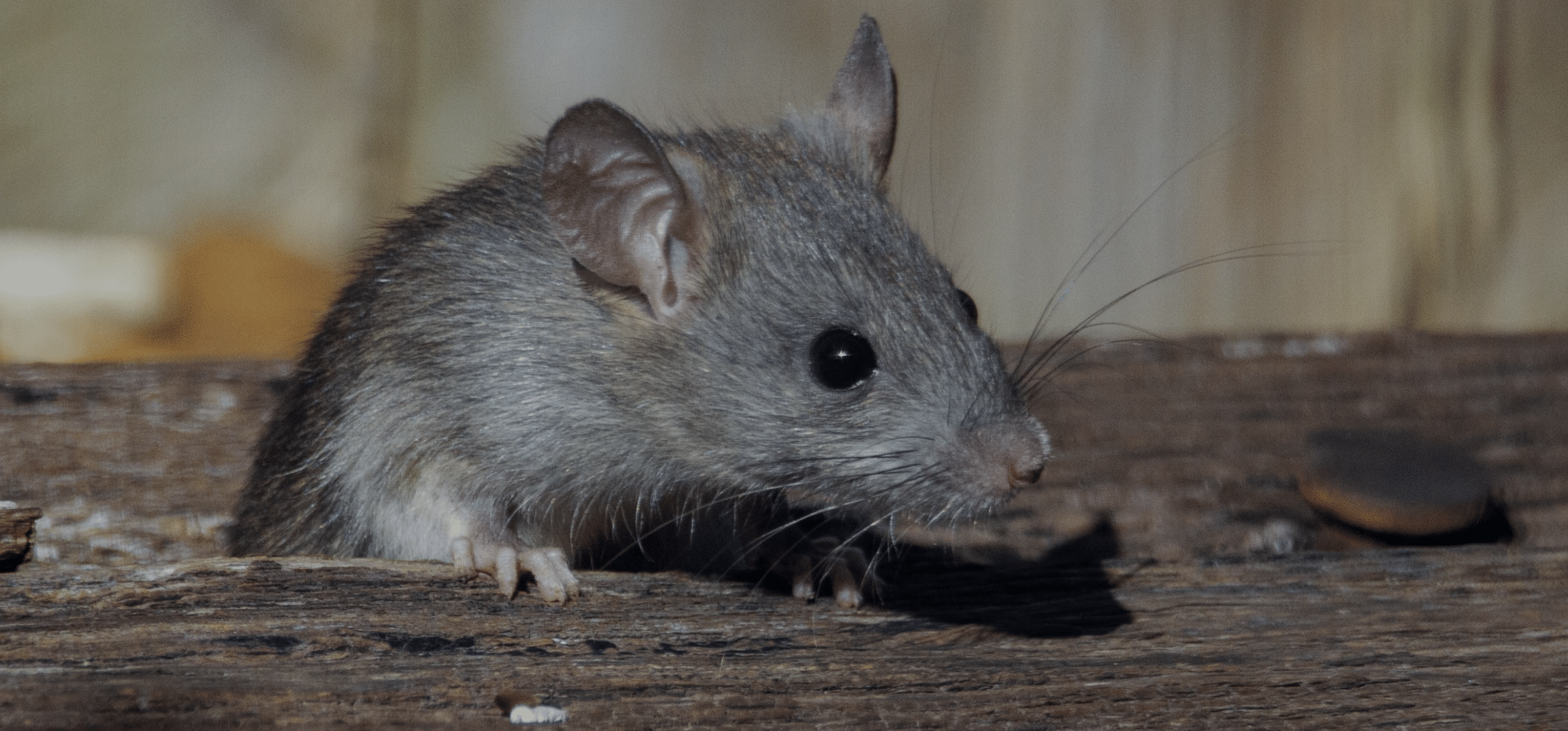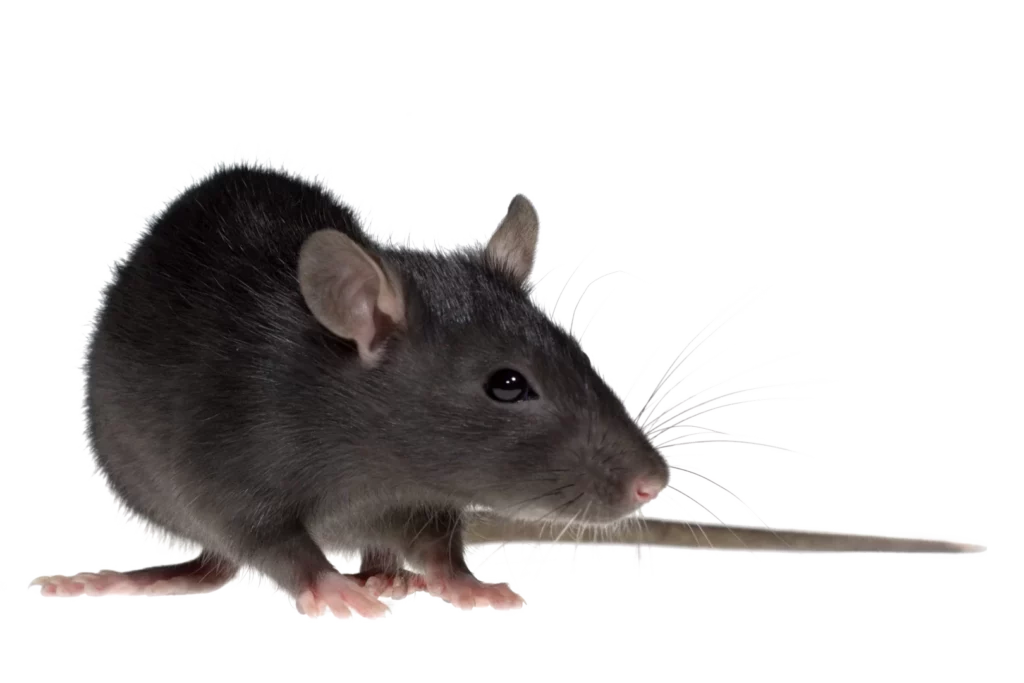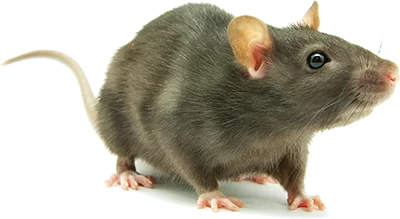
Types
of rats
in Sydney
Discover the common types of rats in Sydney, including Norway, Roof, Polynesian, Black, and Brown Rats. Learn about their biology, diet, habits, and potential damage. Contact a rat pest control professional to handle any infestations.
Do you suspect that there may be rats present?
Black Rat (Rattus rattus)

Appearance:
- Medium-sized rodent: 12-24 cm in length (excluding tail)
- Tail: longer than the body (up to 25 cm)
- Weight: 75-230 grams
- Fur colour: black or dark brown
- Sleek and slender body
- Pointed snout
- Large ears
- Scaly tail
Habits:
- Primarily nocturnal
- Excellent climbers
- Agile and swift
- Highly adaptable to various environments
- Social animals: live in groups or colonies
- Nests in high locations (trees, attics, rafters)
Biology
- Lifespan: 12-18 months in the wild
- Gestation period: 21-24 days
- Females reach sexual maturity at 3-4 months of age
- Males become sexually mature at 3-5 months of age
Diet
- Omnivorous
- Primarily consumes plant-based foods (fruits, seeds, nuts)
- Will eat insects, small invertebrates, and other animal matter when available
- Can survive without water for longer periods if food is moist
Breeding Cycle
- Can breed year-round
- Peak breeding periods: spring and autumn
- Litter size: 5-10 pups
- Females can have up to 6 litters per year
Potential Damage
- Structural damage: gnawing on wires, insulation, and wooden structures
- Contamination of food and surfaces with feces and urine
- Spreading diseases: leptospirosis, salmonellosis, and bubonic plague
- Damage to crops and stored food
- Introducing parasites: fleas, ticks, and mites
Brown Rat (Rattus norvegicus)

Appearance
- Medium-sized rodent, 9-11 inches in length (excluding tail)
- Tail: 7-9 inches long, scaly, and sparsely haired
- Fur: Coarse, brown or grayish-brown with lighter-colored underside
- Head: Blunt snout, small rounded ears, and black, protruding eyes
- Body: Robust, cylindrical shape, and broad hind feet with five toes each
Habits
- Primarily nocturnal, active during dusk and dawn
- Social animals, live in hierarchical groups called packs
- Excellent climbers, swimmers, and jumpers
- Adapt well to various environments, including urban areas
- Nests constructed from soft materials, typically in hidden or protected locations
Biology
- Average lifespan: 1-3 years in the wild
- Sexual maturity: 2-3 months of age
- Dental structure: Continuously growing incisors that require constant gnawing
- Good sense of smell, touch, and taste; poor vision
- Incisors grow 2.2-2.8 mm per week
Diet
- Omnivorous: Eats grains, seeds, fruits, vegetables, insects, and small mammals
- Opportunistic feeders, will eat food scraps and garbage in urban areas
- Consumes about 10% of body weight in food per day
- Requires constant access to water, drinks up to 2 ounces (60 ml) daily
Breeding Cycle
- Breeds year-round, with peak activity in spring and fall
- Gestation period: 21-23 days
- Litter size: 6-12 pups
- Pups born hairless, blind, and deaf develop fully within 4 weeks
- Females can produce up to 5 litters per year
Potential Damage
- Contamination of food and surfaces with urine, feces, and saliva
- Transmission of diseases, such as leptospirosis, salmonellosis, and hantavirus
- Structural damage from gnawing on wood, electrical wiring, insulation, and pipes
- Loss of stored food and crops due to consumption and contamination
- Negative impact on native species through predation and competition for resources
